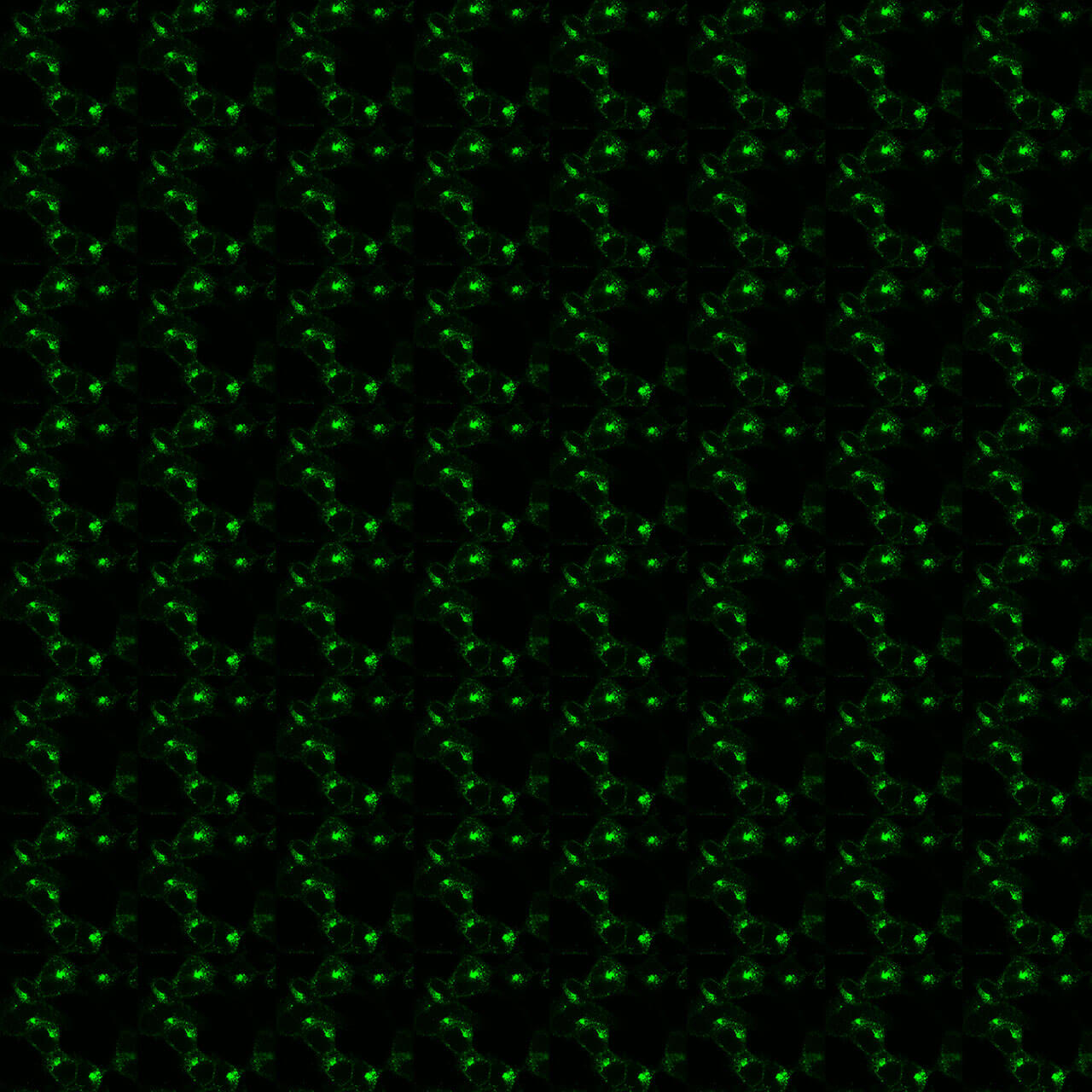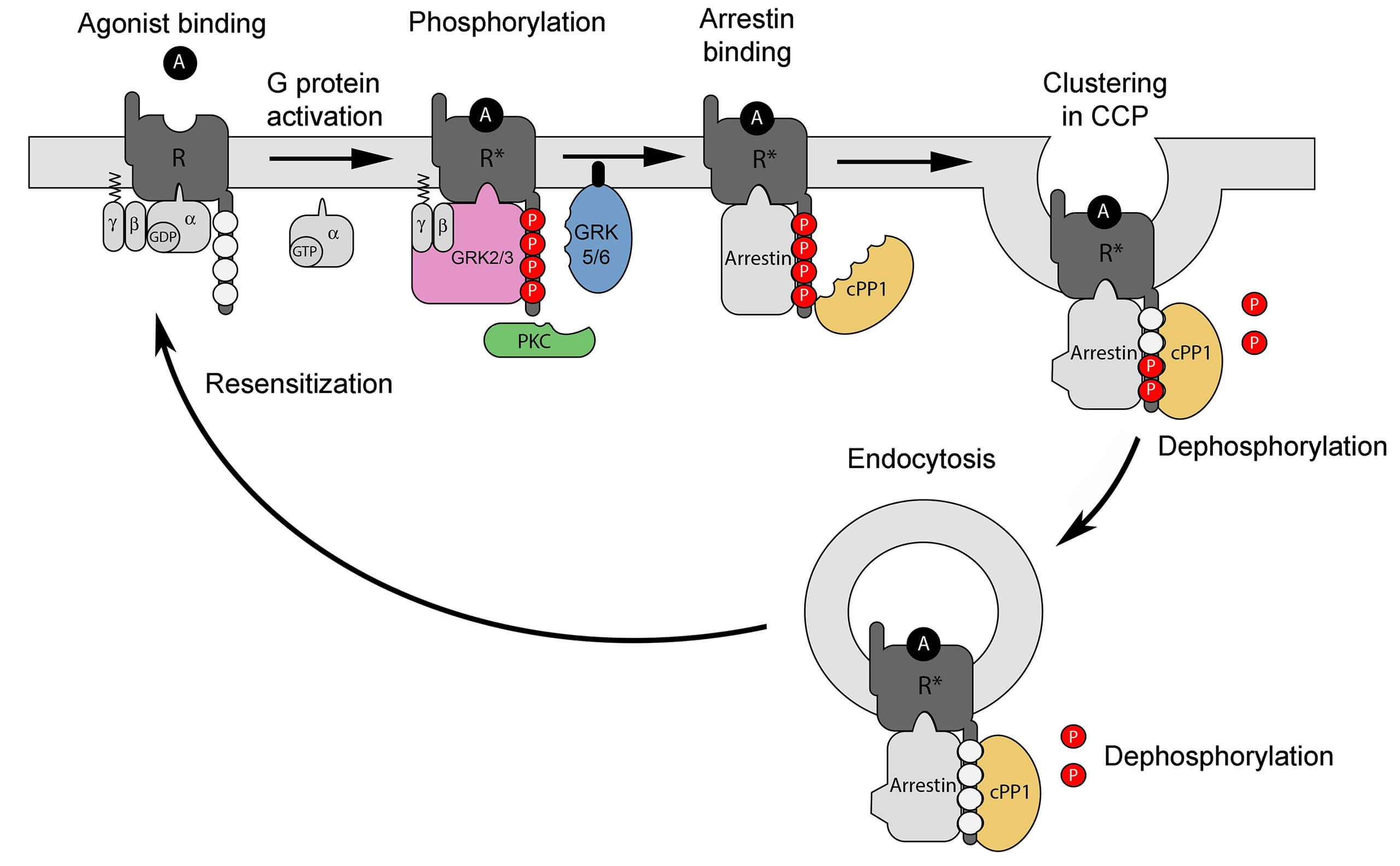No results were found for the filter!
Citations
KO-Validated
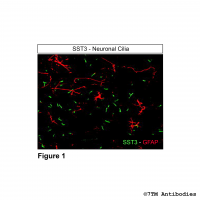 mSST3 (IHC-grade), Somatostatin Receptor 3...
mSST3 (IHC-grade), Somatostatin Receptor 3... The mouse SST3 antibody is directed against the distal end of the carboxyl-terminal tail of mouse and rat Somatostatin Receptor 3. It can be used to detect total SST3 receptors in Western blots independent of phosphorylation. The SST3...
$ 375.00 *
Citations
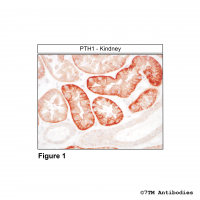 PTH1 (IHC-grade), Parathyroid Hormone Receptor...
PTH1 (IHC-grade), Parathyroid Hormone Receptor... The PTH1 antibody is directed against the distal end of the carboxyl-terminal tail of human Parathyroid Hormone Receptor 1. It can be used to detect total PTH1 receptors in Western blots independent of phosphorylation. The PTH1 antibody...
$ 375.00 *
Citations
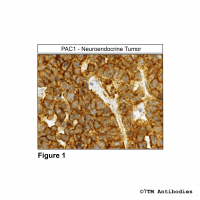 PAC1 (IHC-grade), PACAP Receptor 1 Antibody
PAC1 (IHC-grade), PACAP Receptor 1 Antibody The PAC1 antibody is directed against the distal end of the carboxyl-terminal tail of human PACAP Receptor 1. It can be used to detect total PAC1 receptors in Western blots independent of phosphorylation. The PAC1 antibody can also be...
$ 375.00 *
Citations
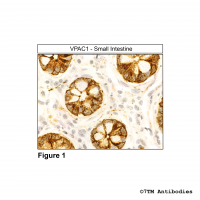 VPAC1 (IHC-grade), VIP Receptor 1 Antibody
VPAC1 (IHC-grade), VIP Receptor 1 Antibody The VPAC1 antibody is directed against the distal end of the carboxyl-terminal tail of human VIP Receptor 1. It can be used to detect total VPAC1 receptors in Western blots independent of phosphorylation. The VPAC1 antibody can also be...
$ 375.00 *
Citations
KO-Validated
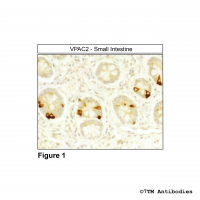 VPAC2 (IHC-grade), VIP Receptor 2 Antibody
VPAC2 (IHC-grade), VIP Receptor 2 Antibody The VPAC2 antibody is directed against the distal end of the carboxyl-terminal tail of mouse, rat and human VIP receptor 2. It can be used to detect total VPAC2 receptors in Western blots independent of phosphorylation. The VPAC2...
$ 375.00 *
Citations
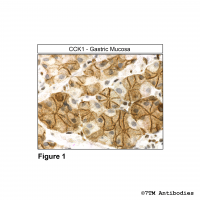 CCK1 (IHC-grade), Cholecystokinin Receptor 1...
CCK1 (IHC-grade), Cholecystokinin Receptor 1... The CCK1 receptor antibody is directed against the distal end of the carboxyl-terminal tail of human Cholecystokinin Receptor 1 (previously called CCKA). It can be used to detect total CCK1 receptors in Western blots independent of...
$ 375.00 *
Citations
 NK1 (IHC-grade), Tachykinin Receptor 1 Receptor...
NK1 (IHC-grade), Tachykinin Receptor 1 Receptor... The NK1 antibody is directed against the distal end of the carboxyl-terminal tail of human Tachykinin Receptor 1 (also called Substance P Receptor). It detects selectively the canonical full-length NK1 Tachykinin Receptor. It can be used...
$ 375.00 *
Citations
KO-Validated
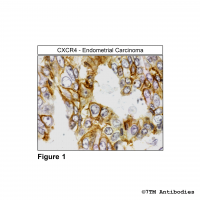 CXCR4 (IHC-grade), CXC Chemokine Receptor 4...
CXCR4 (IHC-grade), CXC Chemokine Receptor 4... The CXCR4 receptor antibody is directed against the distal end of the carboxyl-terminal tail of mouse, rat and human CXCR4. It can be used to detect CXCR4 receptors in Western blots in a phosphorylation-sensitive manner. After agonist...
$ 375.00 *
Citations
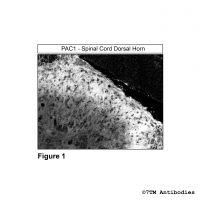 mPAC1 (IHC-grade), PACAP Receptor 1 Antibody...
mPAC1 (IHC-grade), PACAP Receptor 1 Antibody... The mouse PAC1 antibody is directed against the distal end of the carboxyl-terminal tail of mouse and rat PACAP receptor 1. It can be used to detect total PAC1 receptors in Western blots independent of phosphorylation. The mouse PAC1...
$ 375.00 *
Citations
NEW
KO-Validated
 pS375-MOP (IHC-grade phospho-µ-Opioid Receptor...
pS375-MOP (IHC-grade phospho-µ-Opioid Receptor... Serine375 (S375) is the primary phosphorylation site in a hierarchical phosphorylation cascade. The pS375-MOP antibody detects phosphorylation in response to high- and low-efficacy agonists but not after PKC activation. S375...
$ 500.00 *
Citations
NEW
KO-Validated
 pT376-MOP (IHC-grade phospho-µ-Opioid Receptor...
pT376-MOP (IHC-grade phospho-µ-Opioid Receptor... Threonine376 (T376) is a major phosphorylation site of the µ-opioid receptor (MOP). The pT376-MOP antibody detects phosphorylation in response to high-efficacy agonists but to low-efficacy agonists or after PKC activation. T376...
$ 500.00 *
Citations
NEW
KO-Validated
 pT379-MOP (IHC-grade phospho-µ-Opioid Receptor...
pT379-MOP (IHC-grade phospho-µ-Opioid Receptor... Threonine379 (T379) is a major phosphorylation site of the µ-opioid receptor (MOP). The pT379-MOP antibody detects phosphorylation in response to high-efficacy agonists but to low-efficacy agonists or after PKC activation. T379...
$ 500.00 *
Citations
KO-Validated
 B2 (IHC-grade), Bradykinin Receptor 2 Antibody
B2 (IHC-grade), Bradykinin Receptor 2 Antibody The B2 receptor antibody is directed against the distal part of the carboxyl-terminal tail of human B2. It can be used to detect total B2 receptors in Western blots independent of phosphorylation. The B2 antibody can also be used to...
$ 375.00 *
NEW
 FFA4 (IHC-grade), FFA4 Receptor Antibody
FFA4 (IHC-grade), FFA4 Receptor Antibody The FFA4 receptor antibody is directed against the distal part of the carboxyl-terminal tail of human FFA4. It can be used to detect total FFA4 receptors in Western blots independent of phosphorylation. The FFA4 antibody can also be used...
$ 375.00 *
NEW
 pS425/pS429-VPAC2 (IHC grade phospho-VIP...
pS425/pS429-VPAC2 (IHC grade phospho-VIP... Serine425/Serine429 (S425/S429) is a major phosphorylation site of the VPAC2 receptor. The pS425/pS429-VPAC2 antibody detects phosphorylation in response to high-efficacy agonists. S425/S429 phosphorylation is a key regulator of VPAC2...
$ 500.00 *
NEW
 S1P1 (IHC-grade), Sphingosine 1-Phosphate...
S1P1 (IHC-grade), Sphingosine 1-Phosphate... The non-phospho-S1P1 receptor antibody is directed against the distal end of the carboxyl-terminal tail of human S1P1. It also detects S1P1 in cultured cells and tissue sections by immunohistochemistry. It can be used to detect total...
$ 375.00 *
Recently viewed

